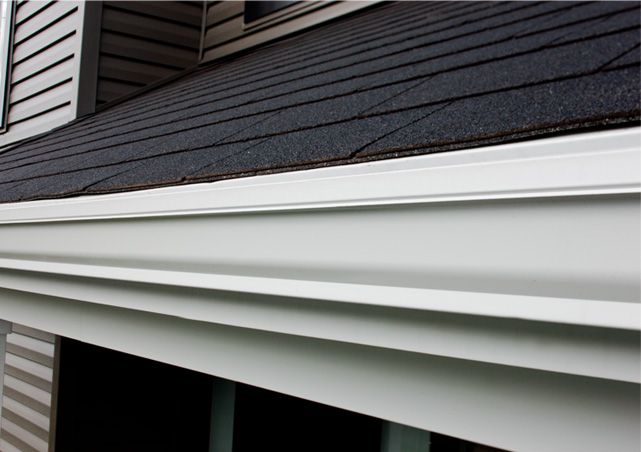 Replacing a roof covering is a major expense for a product that is expected to last many years. That being the case, it is best to weigh the pros and cons of each option before making your choice. Several factors come into play when redoing your roof, aside from the cost of the materials.
Replacing a roof covering is a major expense for a product that is expected to last many years. That being the case, it is best to weigh the pros and cons of each option before making your choice. Several factors come into play when redoing your roof, aside from the cost of the materials.
Budget and factors that impact the cost
The budget you must allocate to redo your roof depends on several factors. Indeed, the complexity of the existing roof that is to be removed will impact the cost. In addition, if the wood under the existing roof covering is damaged, you will have to spend more to replace it. The configuration of the roof, its complexity, the number of sides, valleys and chimneys will also increase the cost. Of course, the material chosen for the roof will greatly affect the budget required to redo your roof since certain materials can cost at least twice as much as others.
Roofing materials available
There are lots of options available on the market to adequately protect your house, not to mention that you want to give it a look that meets your expectations. In addition to the price, the framing of the home will influence the choice of materials in terms of its shape, whether it is flat or sloped, and its strength.
Asphalt shingles
The prime choice for the great majority of Canadian homeowners, asphalt shingles are economical, easy to install, light and suited for most sloped roofs. Their service life is about 20 to 25 years, but certain models can exceed this. Offered in a wide range of colors and styles, asphalt shingles can be easily harmonized with the house’s exterior finish and architectural features.
Wood roof covering
Shingles made of wood such as pine or cedar, among others, were very popular for many centuries. Wood has approximately the same service life as asphalt shingles. It is, however, much more expensive.
Metal roofing
Be it copper, aluminum or steel, metal roofing is durable and sturdy. However, it is also a very expensive option and is harder to install than other materials.
Roofing tiles
Primarily used on European-style houses, terracotta and slate tiles are very durable. However, they’re very heavy, requiring a roof structure that is designed to support their weight. Tiles are very durable, but they’re unfortunately also very expensive.